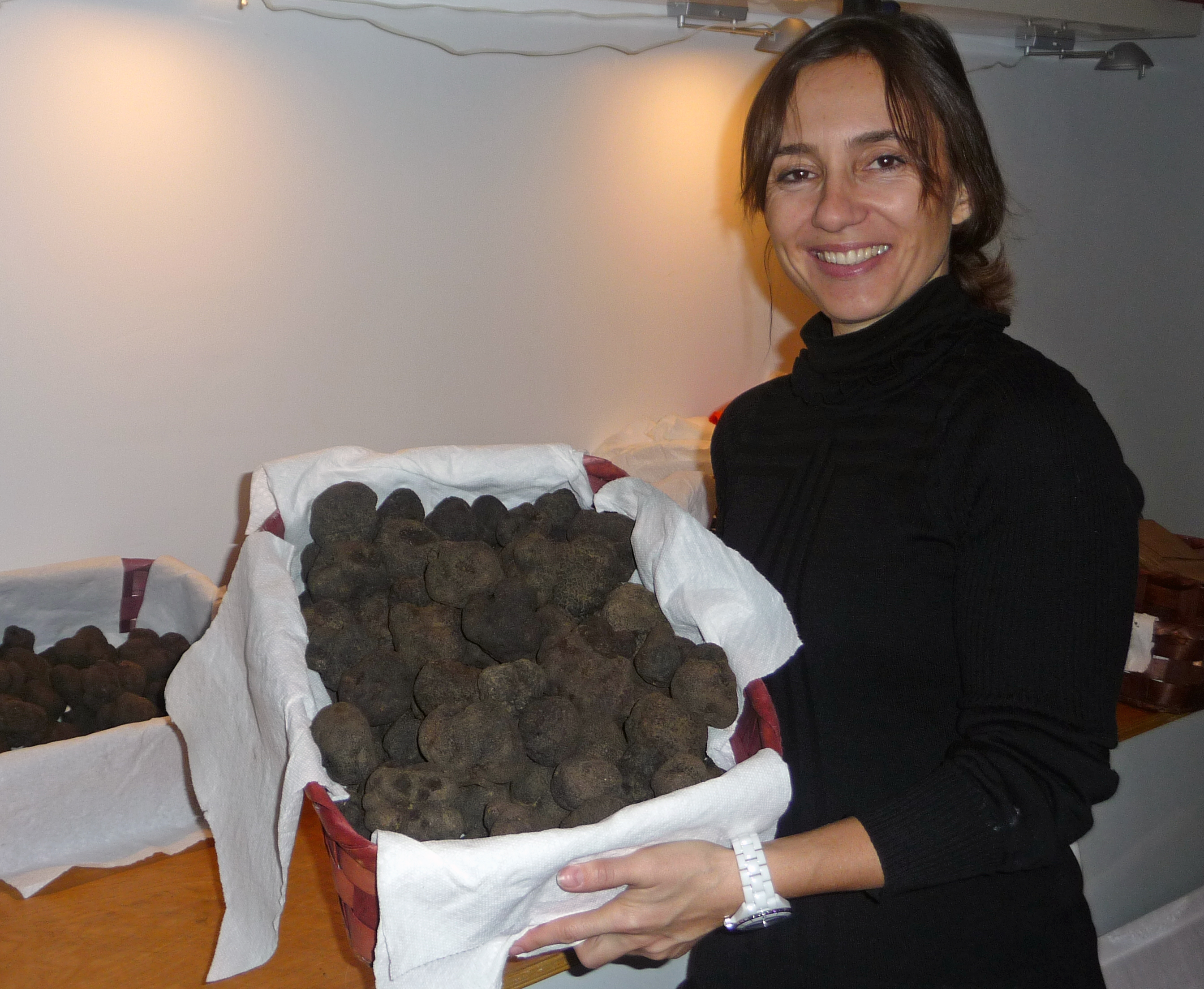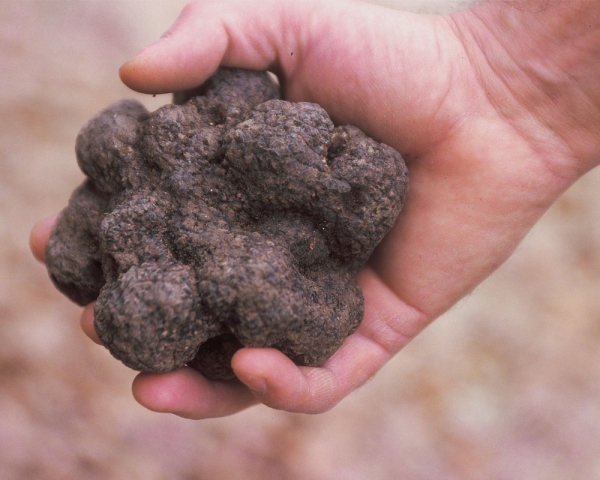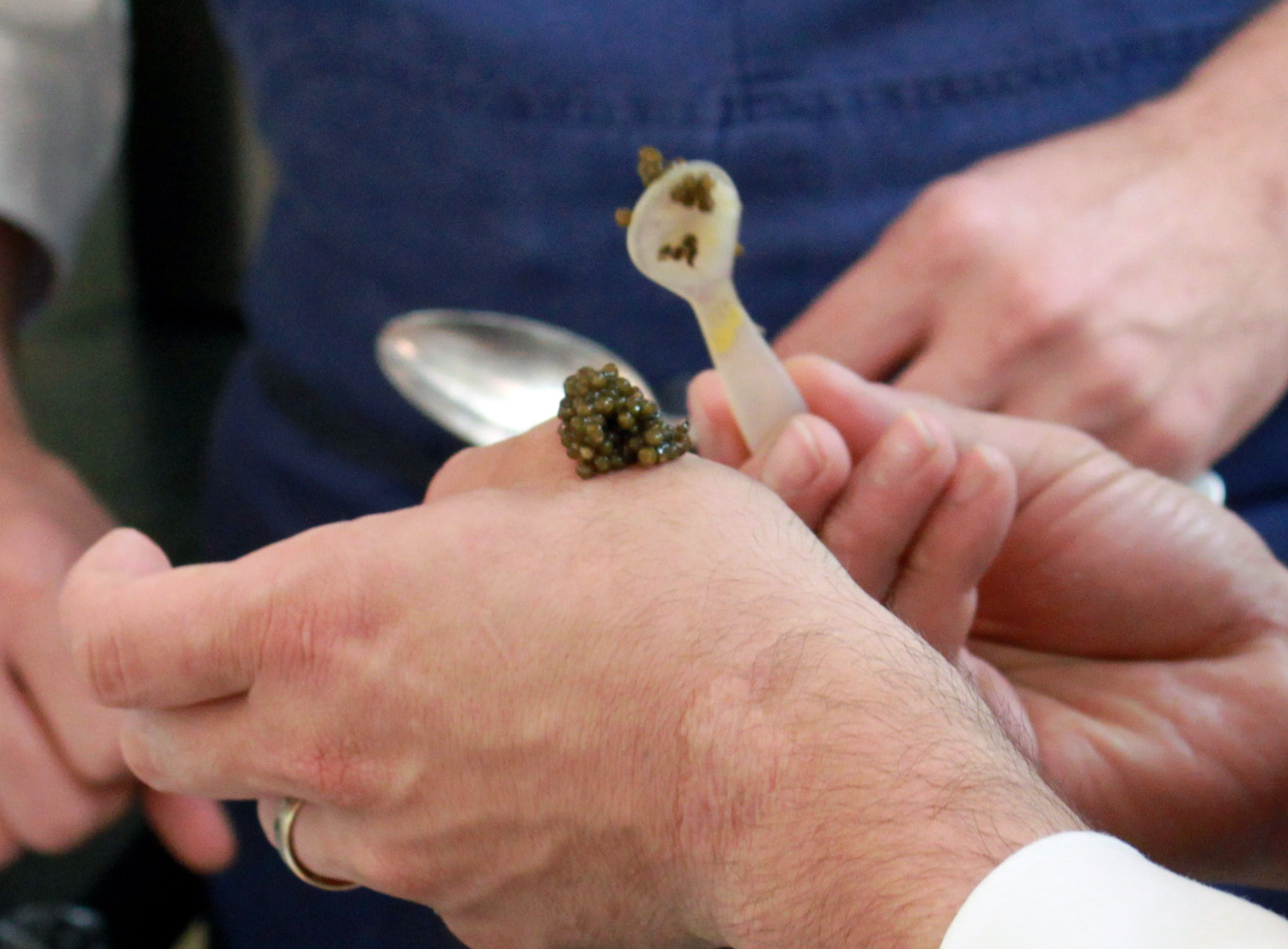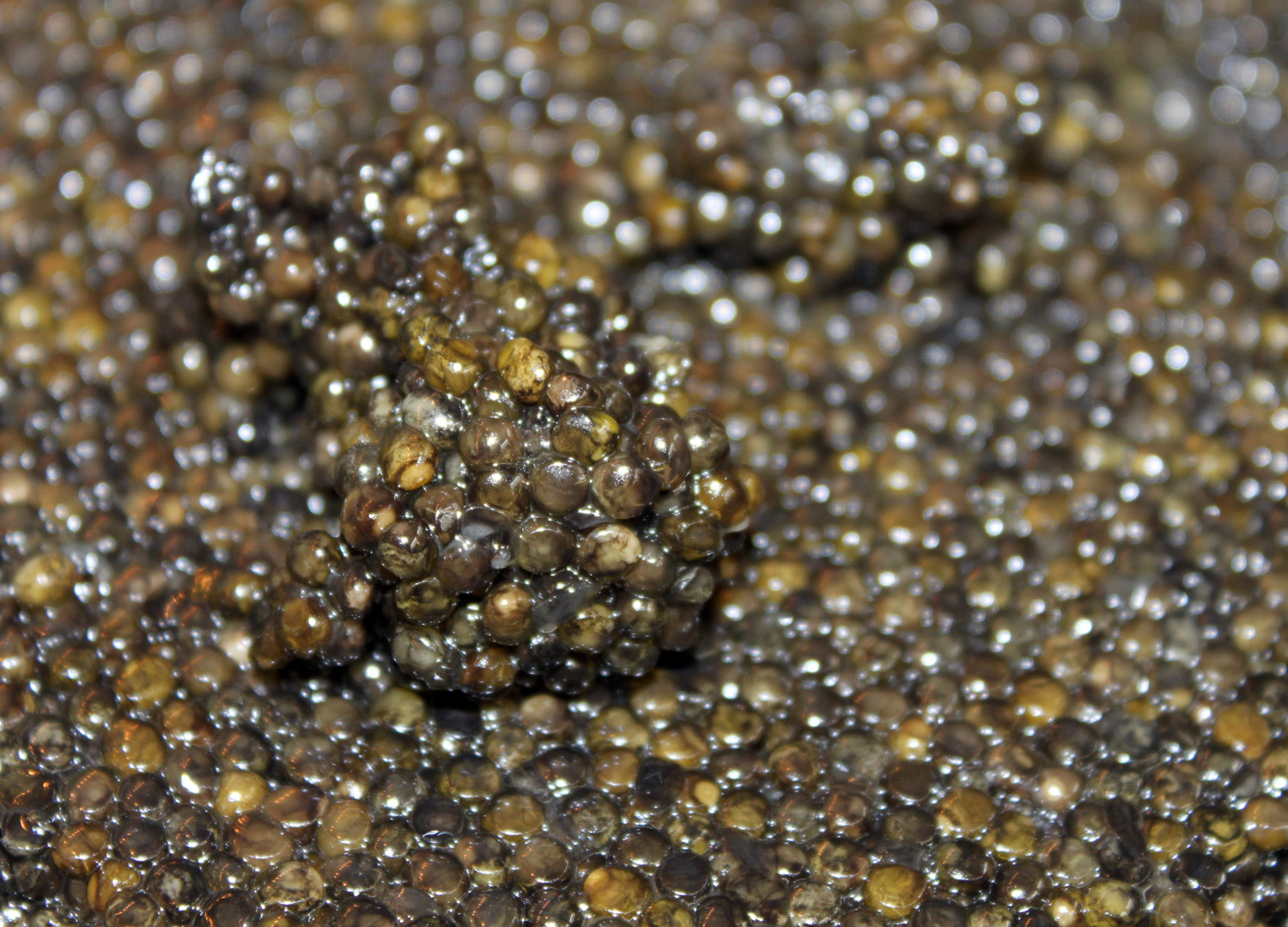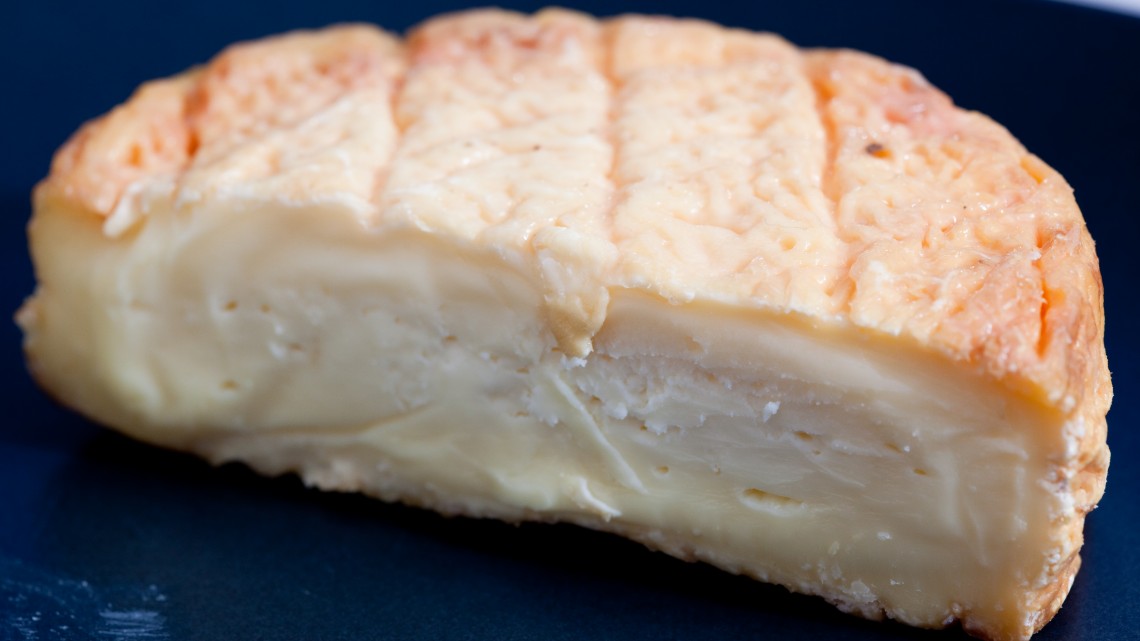Odoriferous is perhaps one of the more delightful terms at our disposal when we discuss the various ways that foods impact our senses. It is also a more clinical (or at least more polite) label for certain foods, cheese in particular, that are often referred to as “stinky.” When either term is applied you can be certain that the aroma under discussion will be polarizing, with some nearby noses making for the door while others tuck in at the table.
The natural (and at times seemingly magical) processes that yield the diverse and delicious cheeses of the world follow fundamentally the same blueprint, bringing a vast array of flavors and textures forth from simple milk. But it is the small differences in how the cheeses are made that give us such a wonderful diversity. Most of these differences arose at the intersection of terroir and necessity, because all traditional cheeses were born of a basic need to preserve milk and were inherently molded (in several senses) by the conditions where they were produced. Today of course refrigeration has made the need to preserve milk through cheesemaking largely irrelevant, but the traditional methods have been kept alive for the flavor and pleasure they deliver.
The bacteria and molds that feast on cheese as it ages provide the most fundamental differences in texture and flavor, and in doing so also offer a basis for categorization. Propionibacter shermanii releases carbon dioxide as it works, creating the distinctive holes that characterize many cheese from Switzerland. Blue molds, primarily represented by Penicillium roqueforti and Penicillium glaucum, wind their ways through cheeses such as Stilton, Gorgonzola, and (big surprise) Roquefort leaving behind the thin veins of blue that unite this family of cheeses. The many strains of the white mold Penicillium camemberti give soft-ripened cheeses like Camembert and Brie their downy exterior and creamy texture. All these serve to break down the protein and fat present in any cheese into an array of flavor compounds and many of these flavors – mushroom, garlic, etc. – are quite bold in their own right. But no bacterial assistant to the cheesemaker is nearly as proficient at producing odoriferous compounds than Brevibacterium linens.
Referred to as the “smear bacteria,” B. linens seems to arrive fully prepared to play the role of villain in a stories of dining with the faint of heart. It stands out from its fellow cheesemaking microorganisms in its high tolerance for salt, thriving in concentrations where other microbes would perish. The cheeses produced by B. linens are collectively referred to as washed rind because they are repeatedly wiped with a brine solution specifically to keep other bacteria out and allow B. linens to thrive (it is worth noting that not all washed rind cheeses are entirely defined by B. linens and that other liquids such as wine or spirits can be used to similar effect in selecting which bacteria to foster on a cheese surface).
B. linens’ high tolerance for salt derives from millennia spent in the ancestral homeland of the Brevibacterium family: the seashore and human skin. And it is this heritage that gives the aroma compounds produced by B. linens such an association with odors wafting from the darker corners of the human body.
So why do some of us love cheeses with aromas of decaying matter and human body odor? Smell is a fascinatingly complex sense but it is a subject that has only in recent decades attracted much (non-commercial) scientific study, so it is not entirely surprising that we don’t exactly know. If you have a burning desire you may study the protruding cilia that comprise the olfactory epithelia (which, as it happens, are actually the dendrites of olfactory neurons) but even then you are unlikely to find any biological truth behind the attraction. Luckily Dr. Rachel S. Herz has spent her career studying smells and the responses they elicit through the twin lenses of biology and psychology.
“We learn the meaning (the connotation) of odors by association. We experience every smell in a context: semantic, social, emotional, physical. That context always has some emotional content, good or bad, albeit sometimes only weakly,” she writes. “Of all our senses, olfaction is especially predisposed to become associated with emotional meaning because of its neuroanatomical relationship with the amygdala-hippocampal complex, critically involved in forming and remembering emotional associations. This is in contrast to the proposition that we are hardwired to like or dislike various odor stimuli before ever smelling them.”
Thus in the end our disposition to liking highly aromatic – and even stinky – foods is likely determined by other events and experiences in our lives. This logic aligns nicely with the reality that across cultures different foodstuffs can have vastly different levels or appeal or repulsion. If Dr. Herz’s hypothesis holds true it also means that context can be essential in encouraging others to try and enjoy new foods. This too has a certain logic to it. Between “try this wonderful, rich, full-flavored cheese that I just adore,” and “do you want to eat something that smells like a cross between stinky feet and a barnyard,” we can all spot the strategy that is more likely to produce positive long-term results. Remember this when setting out to share your love of odiferous cheeses with others.



